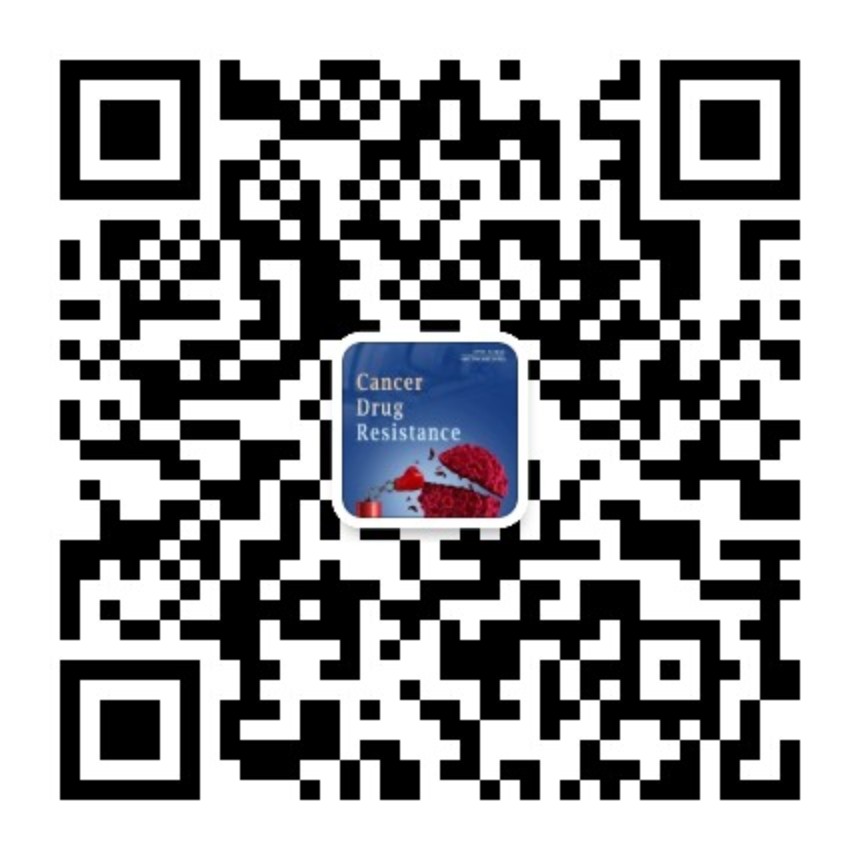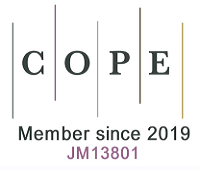fig1

Figure 1. Auxiliary factors stimulate the enzymatic activities of several BER enzymes. BER is initiated by the removal of a damaged base by a glycosylase which creates an apyrimidinic or apurinic site (AP site). Bifunctional glycosylases such as NTHL1, OGG1, NEIL1, and NEIL2 have an AP-lyase activity and can introduce a single-strand break. APE1 then removes the phosphor-α,β-unsaturated aldehyde (PUA) to create a single-strand break with a 3’-OH and a 5’-phosphate. In the case of MPG and UDG, both monofunctional glycosylases, APE1 will cleave the backbone, leaving a single-strand break with a 3’dRP that will be removed by Pol β. In short patch repair, Pol β inserts the missing nucleotide and Lig3 seals the break. In long patch repair, Pol β inserts multiple nucleotides, FEN1 cleaves the displaced strand, and Lig1 seals the break. The CUT domain proteins CUX1, CUX2, and SATB1 stimulate the binding of OGG1 to 8-oxo-deoxyguanine as well as its glycosylase and AP-lyase enzymatic activities. The CUT domains of CUX1 have also been shown to stimulate the 5’-incision activity of APE1 as well as the dRP-lyase, DNA polymerase, and strand-displacement activities of DNA Pol β.












